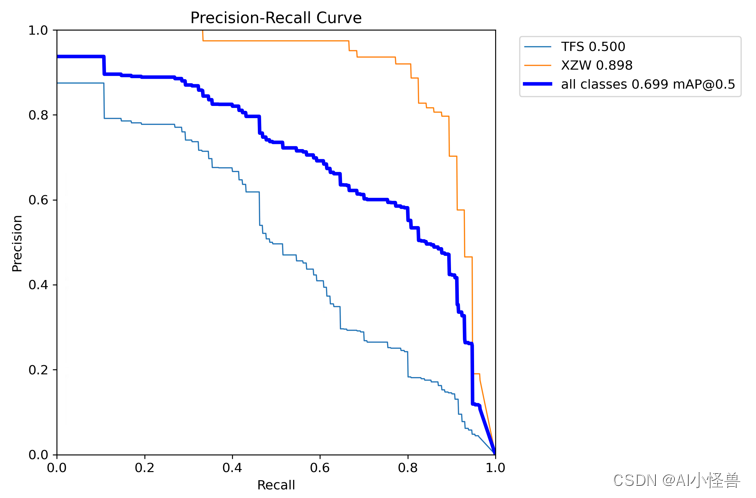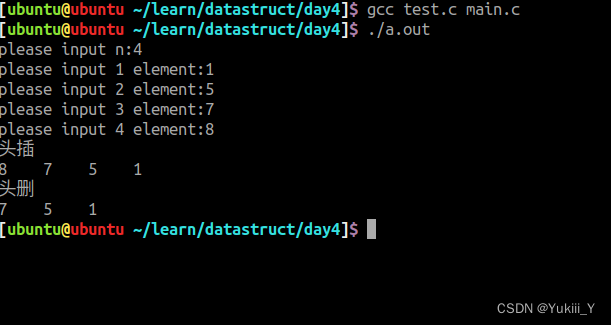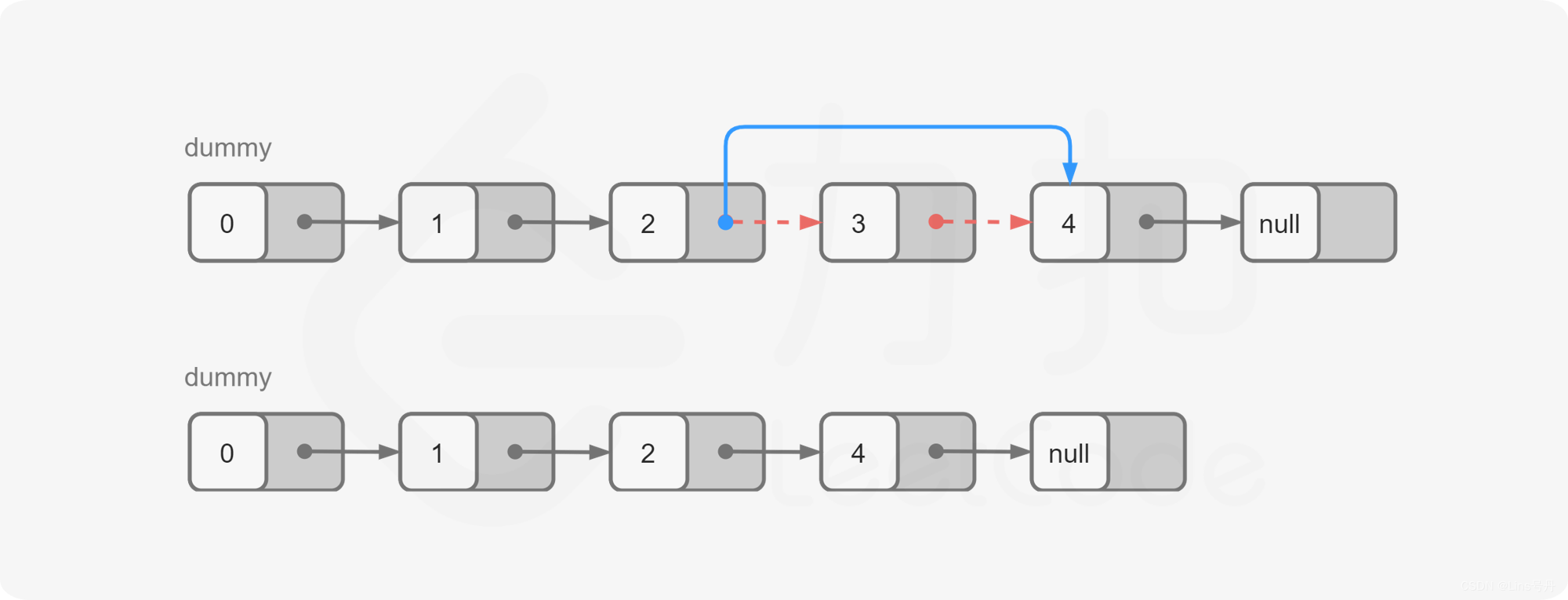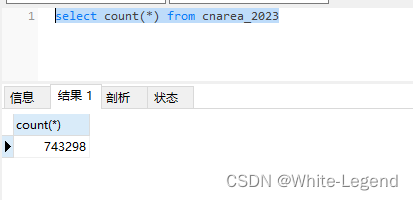理论篇
应用篇
实现变速规划
#include <iostream>
#include <opencv2/opencv.hpp> // 包含OpenCV头文件
#include <chrono>
#include <thread>
using namespace std;
#define _CRT_SECURE_NO_WARNINGS
#define a_max 1.0
#define J 0.2
#define v_max 4.0
class VelocityPlanner
{
public:
VelocityPlanner();
~VelocityPlanner();
double GetSpeed(double t);
void SetParameters(double robot, double target);
private:
double time0;
double lasttime;
double T1, T2;
double t1, t2, t3;
double v0, v1, v2, v3;
double targetspeed0;
//double targetspeed;
//double lasttargetspeed;
double robotspeed0;
//double robotspeed;
//double lastrobotspeed;
double j;
};
void VelocityPlanner::SetParameters(double robot, double target) {
robotspeed0 = robot;
targetspeed0 = target;
//lastrobotspeed = robot;
//lasttargetspeed = target;
double errorspeed = target - robot;
double T1_max = abs(a_max / J);
bool trilogy = abs(errorspeed) > J * T1_max * T1_max ? true : false;
//三段S形
if (trilogy) {
//计算时间T1 T2
T1 = T1_max;
T2 = abs(errorspeed) / a_max - T1;
}
//两段S形
else {
T1 = pow(abs(errorspeed) / J, 0.5);
T2 = 0;
}
t1 = T1;
t2 = t1 + T2;
t3 = t2 + T1;
if (errorspeed < 0) {
j = -J;
}
else {
j = J;
}
auto currentTime = std::chrono::system_clock::now();
auto currentTime_ms = std::chrono::time_point_cast<std::chrono::milliseconds>(currentTime);//毫秒
auto valueMS = currentTime_ms.time_since_epoch().count();
time0 = valueMS * 0.001;
lasttime = time0;
std::cout << "Milliseconds: " << " " << typeid(valueMS).name() << " " << valueMS << std::endl;
std::cout << "errortime: " << " " << typeid(time0).name() << " " << time0 << std::endl;
v0 = robot;
v1 = v0 + j * T1 * T1 * 0.5;
v2 = v1 + j * T1 * T2;
//v3 = target;
v3 = v2 + j * T1 * T1 * 0.5;
}
double VelocityPlanner::GetSpeed(double t) {
double period = t - time0;
double temp = 0.0;
if (period < 0) {
return v0;
}
else if (period < t1) {
return v0 + j * period * period * 0.5;
}
else if (period < t2) {
temp = period - t1;
return v1 + j * T1 * temp;
}
else if (period < t3) {
temp = period - t2;
return v2 + j * T1 * temp - j * temp * temp * 0.5;
}
else {
return v3;
}
}
VelocityPlanner::VelocityPlanner() {
}
VelocityPlanner::~VelocityPlanner()
{
}
int main() {
double tf = 20.0; // 总时间
cv::Mat canvas(600, 600, CV_8UC3, cv::Scalar(255, 255, 255)); // 创建一个300x300像素的画布
cv::line(canvas, cv::Point(0, 0), cv::Point(0, 400), cv::Scalar(255, 0, 0), 2);//y周 (x,y)
cv::line(canvas, cv::Point(0, 0), cv::Point(400, 0), cv::Scalar(255, 0, 0), 2);//x周 (x,y)
VelocityPlanner vp;
vp.SetParameters(20, 10);
auto currentTime = std::chrono::system_clock::now();
auto currentTime_ms = std::chrono::time_point_cast<std::chrono::milliseconds>(currentTime);//毫秒
auto valueMS = currentTime_ms.time_since_epoch().count();
double time = valueMS * 0.001;
bool flag = false;
double last_vt = 0, last_t = 0;
int kx = 30, ky = 10;
double period;
for (double t = time; t <= time+tf; t += 0.01) {
//double s_t = PathCurve(t);
period = t - time;
double v_t = vp.GetSpeed(t);
if (!flag) {
cv::circle(canvas, cv::Point(period * kx, v_t * ky), 2, cv::Scalar(0, 0, 255), -1);
}
else {
cv::circle(canvas, cv::Point(period * kx, v_t * ky), 2, cv::Scalar(0, 0, 255), -1);
cv::line(canvas, cv::Point(last_t * kx, last_vt * ky), cv::Point(period * kx, v_t * ky), cv::Scalar(255, 0, 0), 1);//y周 (x,y)
}
last_vt = v_t;
last_t = period;
std::cout << period << "时刻速度:" << " " << v_t << std::endl;
}
// 创建镜像图像矩阵
cv::Mat mirror_img;
cv::flip(canvas, mirror_img, 0); // 水平镜像,flipCode=1
// 显示原始图像和镜像图像
//cv::imshow("Original Image", canvas);
cv::imshow("Image", mirror_img);
//cv::waitKey(0);
cv::waitKey(); // 等待10秒
return 0;
}
运行结果




















![[Python] 什么是逻辑回归模型?使用scikit-learn中的LogisticRegression来解决乳腺癌数据集上的二分类问题](https://img-blog.csdnimg.cn/direct/919cc8ec463544e4b958426332efaa51.png)